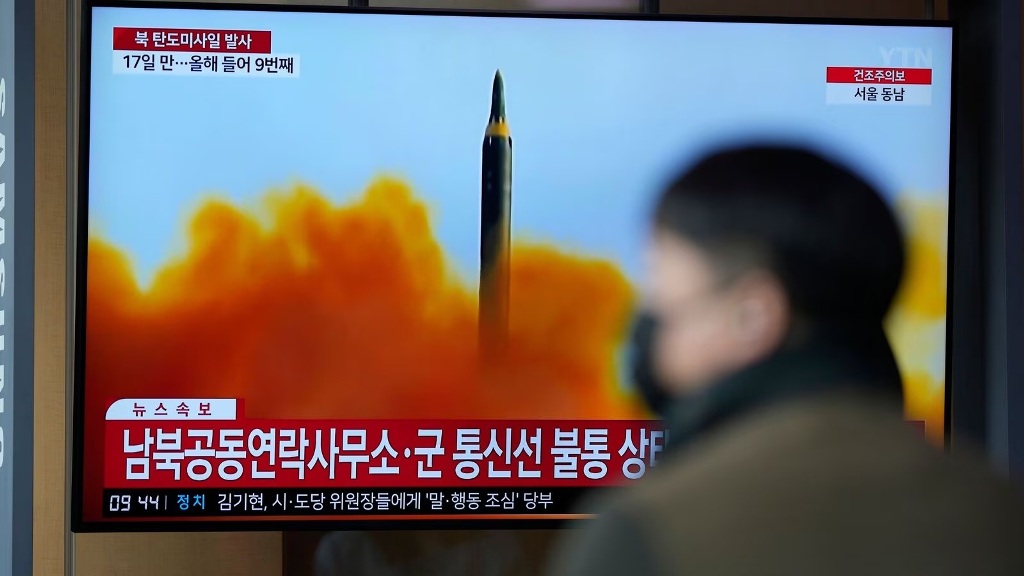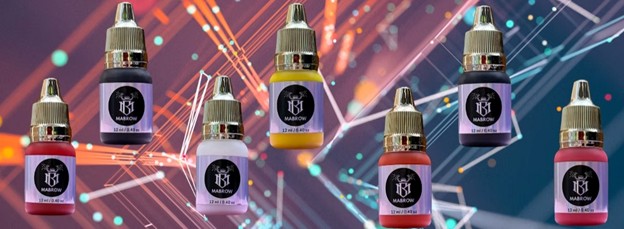
North Korea announced Friday that it had successfully tested a new solid-fuel intercontinental ballistic missile, marking a significant advancement in Kim Jong Un’s banned weapons programs.
But what exactly is a solid-fuel missile, and why does Pyongyang now possess one?
The propellant (the fuel that powers this type of missile) is a solid chemical mixture that is combusted to produce exhaust.
Ankit Panda, a nuclear policy expert at the Carnegie Endowment for International Peace, told AFP that this propellant is cast into the missile’s airframe when the missile is built. “Imagine a firecracker rocket, ready to go.”
In contrast, liquid-fueled missiles must typically be loaded with fuel and an oxidizer before they can be fired, which is a slower and more cumbersome process.
Preparing a liquid-fuel missile for launch “takes time just like pumping gasoline into your car,” according to Cheong Seong-chang, director of the Sejong Institute’s Center for North Korean Studies.
He compares a solid-fuel missile to a “portable battery,” which gives the user much more flexibility.
Furthermore, once a liquid-fuel missile is ready, “it has to be fired within a short time – which you don’t have to worry about with solid-fuel missiles,” he added.
Solid-fuel missiles must be carefully stored, maintained, and handled; otherwise, the missile’s quality can degrade over time, causing it to fail, according to Panda.
However, they are generally faster to deploy and launch during a war than liquid-fueled missiles. Panda added that this “makes solid fuel missiles very appealing for a variety of military applications.”
The missile’s exhaust plume can be seen in state media images, which Panda describes as “consistent with a dirty, smoky solid propellant at work.” “Everything looks consistent with a successful solid-fuel ICBM test,” he added.
Even if the North Koreans successfully test the new weapons system, it will be “some way from credible deployment in any meaningful numbers,” according to Joseph Dempsey, a defence researcher at the International Institute for Strategic Studies.
With North Korea’s main liquid-fueled ICBMs, which have been repeatedly tested – but only on a lofted trajectory, which is not how they would be used in a real-life situation – key questions remain about their effectiveness.
However, because North Korea’s “threshold for what is effectively fielded is likely to be different from others,” the new weapon could be considered operational even if other militaries would require additional testing.
According to the South Korean defence ministry, the launch on Thursday was only a test, and properly developing the Hwasong-18 “would require additional time and effort.”
Leif-Eric Easley, a professor at Ewha University, told AFP that Pyongyang still had to overcome a lot of technical obstacles and resource limitations to deploy the missile forces it boasts about in state media.
Cheong of the Sejong Institute claims that most militaries “start with liquid fuel missile technology but quickly strive to acquire solid-fuel missiles, which require more advanced technology.”
However, advanced militaries do not always use solid-fuel missiles.
“The United States does deploy all solid-fuel ICBMs and SLBMs, but Russia and China both still operate large liquid-fueled missiles,” Panda explained.
South Korea, for its part, has the technical capability and even some solid-fuel missiles in its arsenal, but “their range is limited to cover the Korean peninsula,” according to Kim Jong-dae of the Yonsei Institute for North Korean Studies.
Kim Jong Un, the leader of North Korea, asserts that the Hwasong-18 solid-fuel intercontinental ballistic missile will “radically promote” the nation’s nuclear counterattack capabilities. According to experts, this could alter the security environment on the Korean Peninsula.
The Kill Chain preemptive strike system, which enables Seoul to launch a preemptive strike if there are signs of an impending North Korean attack, is a component of South Korea’s self-defence strategy.
The Hwasong-18 solid-fuel ICBM would be far more difficult to detect, potentially upending this preemptive strike formula – though Seoul’s defence ministry dismissed this fear as “excessive worry” on Friday.
However, North Korea’s deployment of solid-fuel ICBMs would “signal a game changer in possible warfare with them,” according to Kim of the Yonsei Institute.





